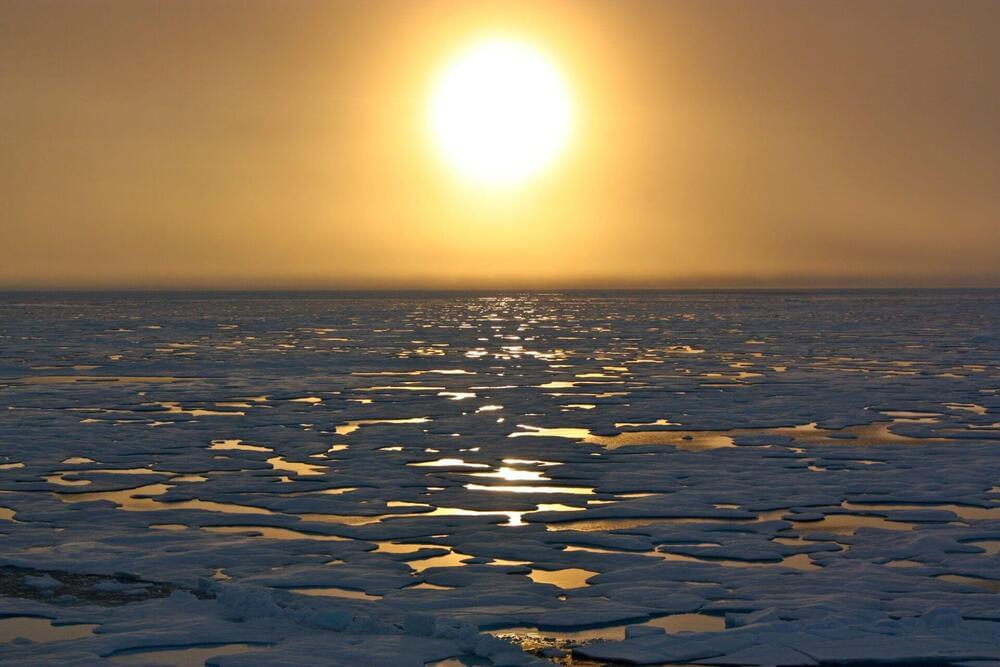Professor Carlos Duarte, Ph.D. is Distinguished Professor, Marine Science, and Executive Director, Coral Research \& Development Accelerator Platform (CORDAP — https://cordap.org/), Biological and Environmental Science and Engineering Division, King Abdullah University of Science and Technology (KAUST — https://www.kaust.edu.sa/en/study/fac…), in Saudi Arabia, as well as Chief Scientist of Oceans2050, OceanUS, and E1Series.
Prior to these roles Professor Duarte was Research Professor with the Spanish National Research Council (CSIC) and Director of the Oceans Institute at The University of Western Australia. He also holds honorary positions at the Arctic Research Center in Aarhus University, Denmark and the Oceans Institute at The University of Western Australia.
Professor Duarte’s research focuses on understanding the effects of global change in marine ecosystems and developing nature-based solutions to global challenges, including climate change, and developing evidence-based strategies to rebuild the abundance of marine life by 2050.
Building on his research showing mangroves, seagrasses and salt-marshes to be globally-relevant carbon sinks, Professor Duarte developed, working with different UN agencies, the concept of Blue Carbon, as a nature-based solution to climate change, which has catalyzed their global conservation and restoration.
For the past years, Professor Duarte has also lead efforts to quantify the global role and importance of algal forests. He has conducted research across all continents and oceans, spanning most of the marine ecosystem types, from inland to near-shore and the deep sea and from microbes to whales, and has a particular focus on the role of seaweed aquaculture as a sustainable solution for multiple challenges.
Professor Duarte led the Malaspina 2010 Expedition, including over 700 scientists from 38 institutions from across 18 nations, that sailed the world’s oceans to examine the impacts of global change on ocean ecosystems and explore deep-sea biodiversity.






